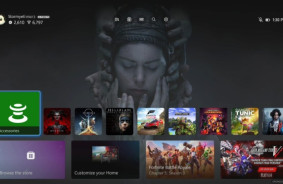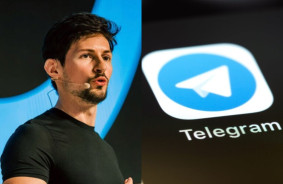Adobe's Vice President of Generative Artificial Intelligence, Alexander Kostin, stated in an interview with The Verge that creators will struggle to succeed in the new landscape without leveraging artificial intelligence.
The company itself is no longer planning to launch products for artists that don't incorporate AI, despite criticisms from those who prefer to handle tasks manually or oppose how AI is transforming the creative sector.
"We have older versions of our products that lack AI, but I wouldn’t recommend using them," says Kostin. "Our aim is to make our customers successful, and we believe they must embrace technology to achieve that success."
David Wadhwani, President of Adobe Digital Media, echoes his colleague's sentiment:
"People will either agree with this belief or not, but we think our approach is one that will definitely pay off in the long run."
According to Wadhwani, the generative AI features (notably released under Adobe Firefly) are already the most popular products Adobe has ever launched.
Simultaneously, Adobe asserts that it aims to implement AI in a manner that allows artists to focus on collaborative creativity—not completely replacing humans, but offering tools that enhance efficiency and eliminate tedious tasks (like resizing or masking objects).
"We believe that the demand for content is insatiable. And human creativity will play a vital role in that," said Wadhwani. "Of course, if you rely solely on AI for all these tasks, you'll end up with a lot of repetitive content."
The executives bolster their statements with a survey indicating that content demand has doubled from 2021 to 2023, with projections for 2025 suggesting a staggering 2000% increase, prompting Adobe to explore new methods for production—of which generative AI is the most appealing option.
Adobe also states that generative AI will create new job opportunities, even as some older specialized roles may completely vanish.














Comments (0)
There are no comments for now